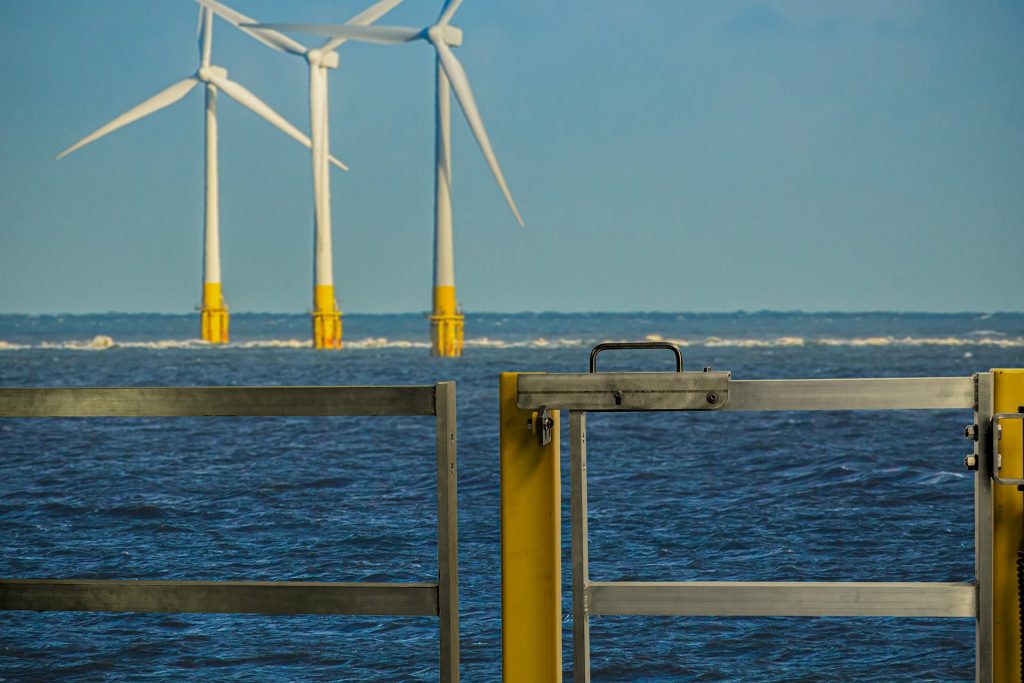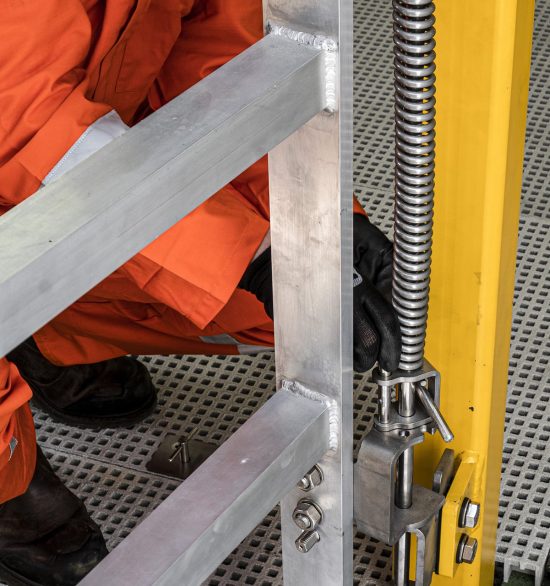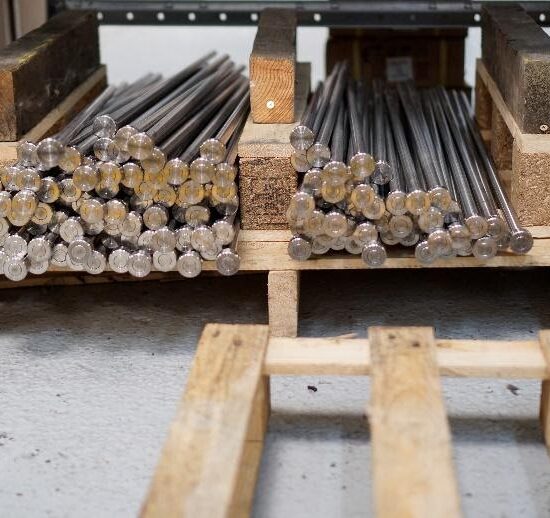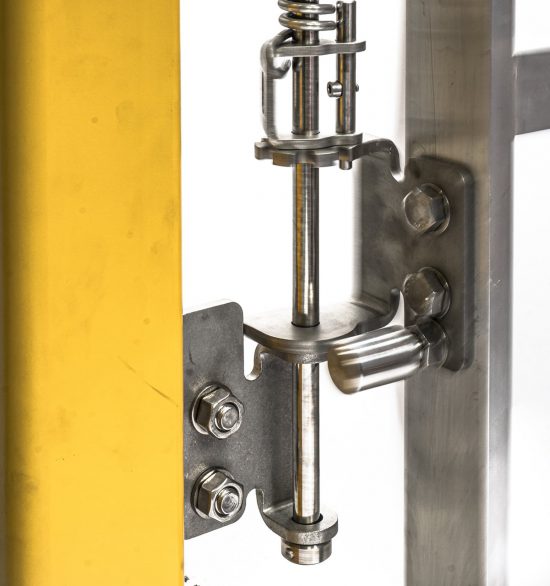
“Offshore gate hardware is not fit for purpose”
Historically speaking, gates provide access through a run of fencing or railings. Having a gate rather than an open gap allows for the control of access, ultimately increasing security and safety.
But why does it increase security and safety? And how is this relevant to offshore platforms?
Security: you can control who has access, when they have access and create a physical barrier from the outside to the inside.
Safety: achieved by segregating plant from pedestrian walkways, protection from harmful environments or simply preventing the wandering of the vulnerable into harms way.
Over the years, we’ve tested them all: hinges, locks, and self-closers. We have become one of the ‘go to’ gate hardware manufacturers for metal gates when it comes to advice and supply.
However, transitioning this knowledge from land-based gate practices into the offshore sector raises the question; do the practices stay the same?
The offshore gate and railing packages usually fall under the secondary steel works, and we’ve found that the design is usually conceptualized from Front End Engineering Design (FEED) studies. Part of these studies include:
– What material the railings will be made from (steel, aluminum etc.)
– How the railings will mount to the platform (mechanically fixed, slotted in, bolted through)
– If the gates will self-close (will they be installed at an angle or will a device be needed to assist this close)
– What other ancillary items the railings will support, such as lighting, warning plaques, medical boxes.
Having a range of considerations for designing the ideal gates and railings package has certainly differed on a project-by-project basis. So, lets answer the initial question with another question, how do you standardize offshore gate hardware for a gate and railing package with potentially many variables?
We simply start by understanding the gate mounting positions of the project set out in the Scope of Works (SOW). This is often referred to as ‘lugs’ or ‘cleats’ i.e., the metal brackets welded to the gate post to aid hanging of the hinge and gate. Once we understand the dimensions, fixing type and material, we can then look at the best way to ensure a gate will hang neatly from the post.
Next, we ensure the cleats form the top and the bottom of our hinges. As you will see below, our hinges and closers consist of a rod chassis system, allowing for greater strength and the option of an included spring, for added tension.
So, what are the key changes for consideration from land-based to offshore gate hardware?
Spring tension:
As you would expect, when installed in the marine environment there is the obvious question of wind loading, spring tension and force required to open the gate. Having adequate spring adjustment on-site allows for variable factors such as wind direction, gate weight and physically excursion required to open the gate. The calculation for most land-based gates doesn’t always consider three points of contact. We’ve all seen ‘Storm Dennis’ flap a gate around aimlessly. This cannot be allowed to happen offshore, and yet this could be a typical day in the life of the gate in the offshore environment.
Material
Galvanized and standard grade stainless steels will not work. They may for a day, a week, or a year at a push, but not long-term. Hardware must be of either 316L (1.4404) or Duplex (1.4462) quality. Accepting a material which has a higher risk of corrosion will affect both the safety and security of the platform gate. Rust means friction, and friction reduces the chance of the gate self-closing or pivoting freely. This could be a minor inconvenience on most land-based gates but have deathly consequences for offshore platforms.
Stoppers
Typically, land-based gates will have the luxury of a ground stop or neighboring adjacent wall to prevent opening the gate too far. This is a safety precaution. Land-based gates will also often have a slam plate fabricated to the post to prevent the gate opening in the un-desired direction. Ultimately, ensuring that your hinge or closer device has a built-in stop will prevent outboard opening (preventing the risk of falling from the platform) and it can also be designed to stop at a certain angle on the inward open. This will protect important fixtures including lights and medical equipment. Any offshore platform trip hazards, designed to prevent the gate opening too far, will potentially create more risk to an already precarious environment.
“Offshore gate hardware is not fit for purpose”
This is true when you settle for land-based adaptions sold for offshore use. Or you can put your trust in our experience, engineering know-how and offshore innovation applied to gate hardware.
With Gatemaster Offshore, we can master that gate together!


